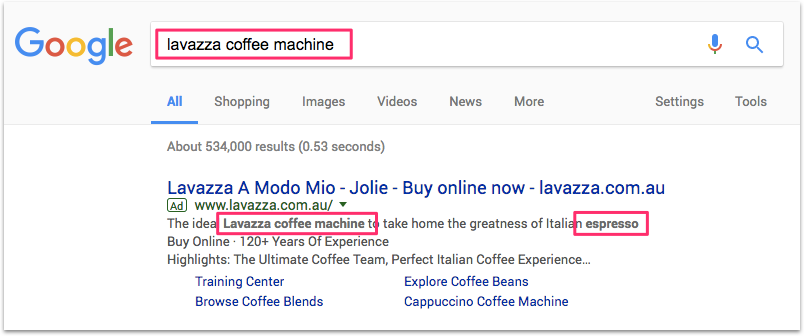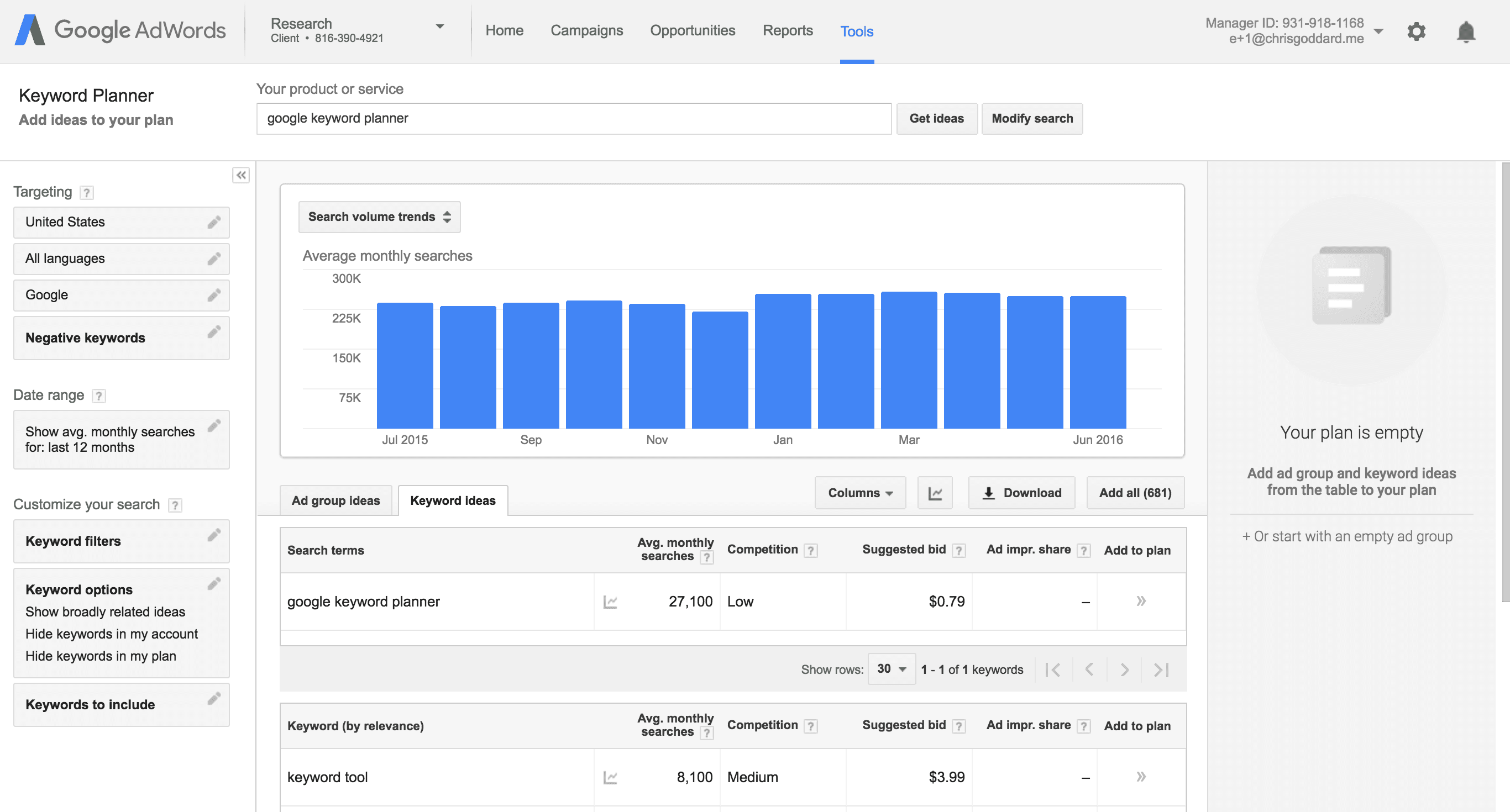No matter how long you’ve been blogging, increasing your blog traffic is probably one of your primary goals. It’s true that you can always increase your blog traffic through advertisements. However, the true holy grail of blogging is organic traffic. This is traffic that naturally arrives at your site through search engines, social sharing, referrals, and other means.
The strategies below have been proven to dramatically increase organic web traffic. Therefore, before you consider spending a cent on advertising, give them a try and watch your site statistics soar.
Publish, Update and Crosslink “Pillar” Articles
 Article quality factors heavily into how well your content ranks with search engines. For this reason, it’s more effective to write one comprehensive, high-quality post covering all aspects of a topic. This is compared to breaking that topic into a series of posts. Searchers find all the information they need in a single post. This helps drive your content to the top of the search engine results page.
Article quality factors heavily into how well your content ranks with search engines. For this reason, it’s more effective to write one comprehensive, high-quality post covering all aspects of a topic. This is compared to breaking that topic into a series of posts. Searchers find all the information they need in a single post. This helps drive your content to the top of the search engine results page.
Pillar articles can continue to draw significant traffic over time, especially if you make regular updates to keep the content relevant and timely. Refreshing your pillar content may include any of the following:
- Improving the content by adding new information or research
- Incorporating additional content
- Adding images or video links
- Removing outdated details
- Incorporating LSI keywords (more on that below)
About LSI Keywords and Crosslinking
Latent semantic indexing (LSI) keywords are keywords that are semantically related and commonly appear within content on a specific topic. LSI keywords help search engines better identify the main topic of your content. They include common LSI keywords for a topic can help increase your SEO performance. For example, if your topic is “pizza,” search engines will probably expect to see the keywords “hot,” “delivery,” “cheese,” “crust” and “pie” within your content. LSIGraph is a free online tool that can help you generate effective LSI keywords to improve both new and refreshed content.

When updating a pillar post, you should manually update the original post and move the date of publication forward. This will maintain your social sharing counts from the previous version while pushing the post to the top of your blog.
Crosslinking your posts—including links to older blog posts in your newer content—also helps boost your search engine performance. Crosslinking makes it easier for search engines to categorize and index your content. For this reason, make it a goal to include them in every post if possible.
Tell Your Readers What You Want them to Do with Content
You’ve invested the time and energy to create high-quality, relevant content, and your readers seem to be responding to it. But they’re reading your posts and leaving your site without taking any additional action. Believe it or not, sometimes the solution is as simple as directly asking them to take a specific next step. Whether that’s leaving a comment, sharing your post on social media or linking to it in their own content is up to them.
A surprising number of readers will share your content if you ask them. Make it easy by creating a link or widget at the end of your post. Make it say, “Share on Facebook” or “Share on Twitter.”

Similarly, asking a specific post-related question and encouraging readers to answer it in the comments can generate significant engagement in your comments section. You can also ask a similar question when promoting your content on social media. Here, it can initiate a conversation with an entirely different audience.
If your readers don’t seem to be responding to your requests, you can always raise the stakes with our next suggestion: creating an incentive.
Create Incentives for Subscribing and Sharing
 Getting people to subscribe to your email list or share your posts can take a bit of effort. However, it’s well worth the reward of increased subscriber counts and social shares. It’s a time-tested tactic that even the most successful tech giants rely on to boost their numbers. For example, billionaire philanthropist Bill Gates once offered to donate a flock of chickens to a farmer in need. This happened if his blog readers performed a few simple tasks (reading an article, clicking on a video link, taking a quiz).
Getting people to subscribe to your email list or share your posts can take a bit of effort. However, it’s well worth the reward of increased subscriber counts and social shares. It’s a time-tested tactic that even the most successful tech giants rely on to boost their numbers. For example, billionaire philanthropist Bill Gates once offered to donate a flock of chickens to a farmer in need. This happened if his blog readers performed a few simple tasks (reading an article, clicking on a video link, taking a quiz).
Fortunately, your incentive doesn’t need to involve livestock to be effective. To encourage readers to share and subscribe to your content, try the following incentives:
- Offer entries into a drawing for a prize. In exchange for subscribing to your email list, sharing a post or completing some other desired action, readers will be entered into a random drawing for a small prize. These include things such as a gift card or something relevant to your audience. For example, if your blog is about running, you might give away a new pair of shoes or apparel.
- Offer exclusive information in exchange for completing the desired action. When readers subscribe, share or complete the prescribed task, they’ll receive access to exclusive content. Examples of this include things such as an eBook or PDF you’ve created or locked or hidden content on your site.
Share and Re-share on Social Media
You probably know that sharing your latest content on social networks like Facebook, Twitter, Instagram, LinkedIn and Pinterest is essential for building your audience and expanding the reach of your content. However, if you only share your posts once on each site, you’re probably missing potential traffic for these reasons:
- Your readers may be spread across geographic locations. If your posting schedule is based on your time zone, they may never see it.
- Your readers’ schedules and social media habits probably vary widely. So if you post at noon, lunchtime web surfers may see it. However, readers who check social media mainly in the evenings may not.
Social media posts also have a notoriously short shelf life. According to a study by Wisemetrics, a Facebook post’s engagement numbers peak after about 2.5 hours. This means that if people haven’t seen your post by then, they probably never will. Twitter posts fade even more quickly, with half of all retweets occurring within 18 minutes of posting.
To account for these factors, you should plan to re-share your content on social media multiple times over the span of several weeks. Be sure to post at different times of the day as well as on varying days of the week. You can also re-share after several months if you’ve refreshed the post’s content. It can also be done if current events have made the post particularly relevant again.
Build Backlinks to Boost Blog Traffic
Links on other websites that redirect to your content, known as backlinks, can have a powerful impact on your SEO rankings. This is since search engines use the number and quality of backlinks to evaluate the importance of your post.

One method for growing your backlinks is through tracking your online mentions. This is easily accomplished by creating a Google alert to let you know when someone cites your name, company or brand on the internet. Every time you get a mention online, email the author of the piece to thank them for the reference and ask them if they’d be willing to link to your site. In many cases, the answer is a quick yes.
Guest blogging is another effective approach to building your backlinks—as long as you set specific goals for your campaign.
For example, online entrepreneur Bamidele Onibalusi leveraged a strategic guest blogging campaign to grow a site’s traffic by more than 340 percent in just one year. His goals were simple but specific.
Bamidele’s Goals
- Publish 31 guest posts on industry-authority blogs
- Obtain natural, quality backlinks from those blogs
- Devote no more than a week to creating the posts
Bamidele did not use any other tactics to increase his search engine results. By doing this, Onibalusi’s site went from an average of 139 search engine visitors per day before the guest blogging campaign to an average of 477 search engine visitors per day one year after the campaign.
To replicate his guest blogging campaign, identify 5 to 10 popular or authoritative blogs in your niche and reach out to their authors. You might offer to exchange guest posts. Alternatively, simply provide the other blog with quality content that its readers will find relevant. Be sure to note your site statistics before and after your guest blog posts to track the effectiveness of your efforts.
Do Your Homework
As they looked to increase traffic to the company’s blog, online graphic design site Canva studied content on their competitors’ sites to better understand what constituted quality content in their genre. They used BuzzSumo to identify the most popular online content in their industry. This included the topics that generated the most response.

For example, they learned that searchers were looking more frequently for free templates, graphics and color palettes than they were for instructions on creating those items themselves. Their research also revealed that posts of around 2,000 to 2,500 words received the most traffic. Additionally, it revealed that readers also responded positively to posts featuring case studies. The company then used this valuable insight to help shape their future blog content.
Canva also conducted a nontraditional reader survey to learn more about what its customers hoped to gain from its site. Instead of a typical multiple-choice survey, Canva invited readers to share their biggest professional or design challenges. Their responses helped Canva better understand how to meet customers’ needs and help them solve their problems.
Leverage Keywords
Keyword research is a powerful tool for driving organic traffic to your blog. There are a number of resources to help you identify effective keywords for your topic, but Google’s free keyword planner is an excellent place to start. Enter a broad topic or keyword, then go down the list and note which keywords might make sense as blog post topics for you. You’ll also want to take note of related keywords that might be useful for backlink anchor text and other purposes.

Next, develop one of your top keywords into a blog post and be sure to include it in the post’s title and URL. You should also incorporate it into the body of the post as often as possible without sounding repetitive or forced. Then take the list of secondary keywords you identified earlier and work in a handful of them, creating backlinks where it makes sense to do so.
Create Compelling Titles
 As you may have heard, eight out of 10 readers will scan the title of an article and leave without reading the rest of the piece. This essentially makes your headline the most critical component of your content. Yet most writers come up with headlines as an afterthought. This is devoting far less time and effort to them than to the part of the post that statistically, hardly anyone will read.
As you may have heard, eight out of 10 readers will scan the title of an article and leave without reading the rest of the piece. This essentially makes your headline the most critical component of your content. Yet most writers come up with headlines as an afterthought. This is devoting far less time and effort to them than to the part of the post that statistically, hardly anyone will read.
A powerful, attention-grabbing headline pulls readers into your piece and makes them want to learn more. Consider these approaches to writing more effective blog post titles:
- Inspire curiosity. Good headlines make the reader wonder, whether it’s through an unanswered question, a statement that demands resolution or an “infectious agent”. This is a word or phrase that triggers emotion in readers. For example, an article with the intriguing title “40 Belief-Shaking Remarks from a Ruthless Nonconformist” quickly went viral a few years ago. It racked up more than 14,000 shares on Facebook alone.
- Use “power” words. Words that convey magnitude or action, like “spectacular,” “harrowing,” “outrageous” or “shocking” help drive readers to your post. Cosmopolitan is well-known for creating headlines packed with power words. One example is the title of the popular post “Watch this Baby Do Push-Ups, and Instantly Feel Like the Laziest Person Alive.” This post provides a helpful list of potent power words to get you started.
Final Thoughts on Blog Traffic
While paid traffic can be an effective way to build your readership, organic traffic is broadly considered to be more fruitful in the long term. Before turning to advertising to grow your blog stats, try the proven tactics above. With a little time and effort, you can double or triple the impact of your posts without spending a penny on ads.





[…] keywords, it’s best to learn from the best. Take a look at the pages of your top competitors that generate the most traffic for the topic you’ve chosen. After all, if they rank highly, they must be doing something […]